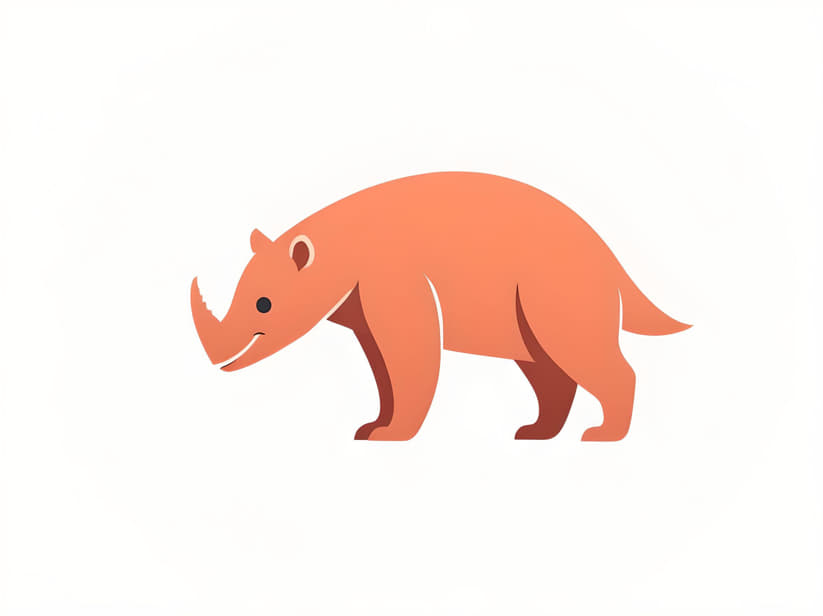
Carnivorous animals, often referred to simply as carnivores, form a diverse group in the animal kingdom characterized by their dietary habits and hunting behaviors. This article delves into the meaning of carnivorous animals, their adaptations, ecological roles, and examples across different ecosystems.
Definition and Characteristics
Carnivorous animals are organisms that primarily consume flesh or meat from other animals as their main source of nutrition. They are distinguished by several key characteristics:
- Dietary Preferences: Carnivores derive a significant portion of their diet from consuming the tissues of other animals. This can include mammals, birds, fish, reptiles, insects, and even other carnivores.
- Predatory Behavior: These animals are typically equipped with adaptations that facilitate hunting, capturing, and consuming prey. Such adaptations may include sharp teeth for biting and tearing, claws for gripping, keen senses for detecting prey, and specialized digestive systems suited to processing animal proteins.
- Ecological Roles: Carnivores play crucial roles in ecosystems by regulating prey populations, influencing prey behavior, and contributing to nutrient cycling. They are often apex predators, occupying the top of the food chain in their respective habitats.
Types of Carnivores
Carnivorous animals can be classified into several categories based on their hunting strategies and dietary habits:
- Obligate Carnivores: These animals rely solely on meat for sustenance and cannot survive on a plant-based diet alone. Examples include lions, tigers, and most species of sharks.
- Facultative Carnivores: While primarily carnivorous, facultative carnivores have the flexibility to incorporate other food sources into their diet when necessary. Bears and some species of birds fall into this category.
- Insectivores: Animals that primarily feed on insects and other invertebrates are considered insectivores. Examples include anteaters, frogs, and some bird species like the woodpecker.
- Piscivores: These carnivores specialize in hunting and consuming fish. Examples include seals, otters, and herons.
- Scavengers: Carnivores that primarily consume carcasses of dead animals are known as scavengers. They play a crucial role in cleaning up ecosystems and recycling nutrients. Examples include vultures, hyenas, and certain species of beetles.
Adaptations and Hunting Strategies
Successful carnivores possess a range of adaptations that enhance their hunting efficiency and survival:
- Sensory Abilities: Many carnivores have highly developed senses, including keen eyesight, acute hearing, and a well-developed sense of smell. These senses help them detect prey from a distance and track movements effectively.
- Physical Characteristics: Sharp claws and teeth are common among carnivorous animals, enabling them to seize and kill prey. Examples include the canines of big cats and the talons of birds of prey.
- Speed and Agility: Some carnivores rely on speed and agility to catch prey. Cheetahs, for instance, are known for their incredible sprinting ability, allowing them to chase down fast-moving animals like gazelles.
Ecological Importance
Carnivorous animals play pivotal roles in maintaining ecosystem balance and biodiversity:
- Population Control: By preying on herbivores, carnivores help regulate prey populations, preventing overgrazing and maintaining vegetation health.
- Behavioral Influence: The presence of carnivores can influence the behavior of prey species, leading to adaptations that enhance their survival and fitness.
- Nutrient Cycling: Scavengers contribute to nutrient cycling by consuming carcasses and returning essential nutrients to the soil, benefiting plants and other organisms.
Examples of Carnivorous Animals
Across terrestrial, aquatic, and aerial environments, numerous species exhibit carnivorous behaviors:
- Terrestrial Examples: Lions (Panthera leo), wolves (Canis lupus), and polar bears (Ursus maritimus) are iconic terrestrial carnivores known for their hunting prowess.
- Aquatic Examples: Great white sharks (Carcharodon carcharias), killer whales (Orcinus orca), and piranhas (Serrasalmidae family) are prominent carnivores in marine and freshwater ecosystems.
- Aerial Examples: Birds of prey such as eagles (Aquila spp.), falcons (Falco spp.), and owls (Strigiformes order) are skilled aerial hunters that predominantly consume other animals.
Carnivorous animals represent a diverse and essential component of ecosystems worldwide. Through their dietary habits, adaptations, and ecological roles, they contribute significantly to maintaining biodiversity, regulating prey populations, and shaping ecosystem dynamics. Understanding the meaning and significance of carnivorous animals provides insight into the intricate balance of nature and highlights the complex interactions that sustain life on Earth.